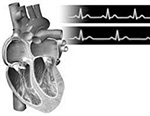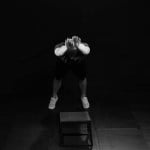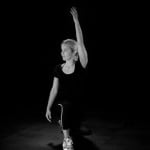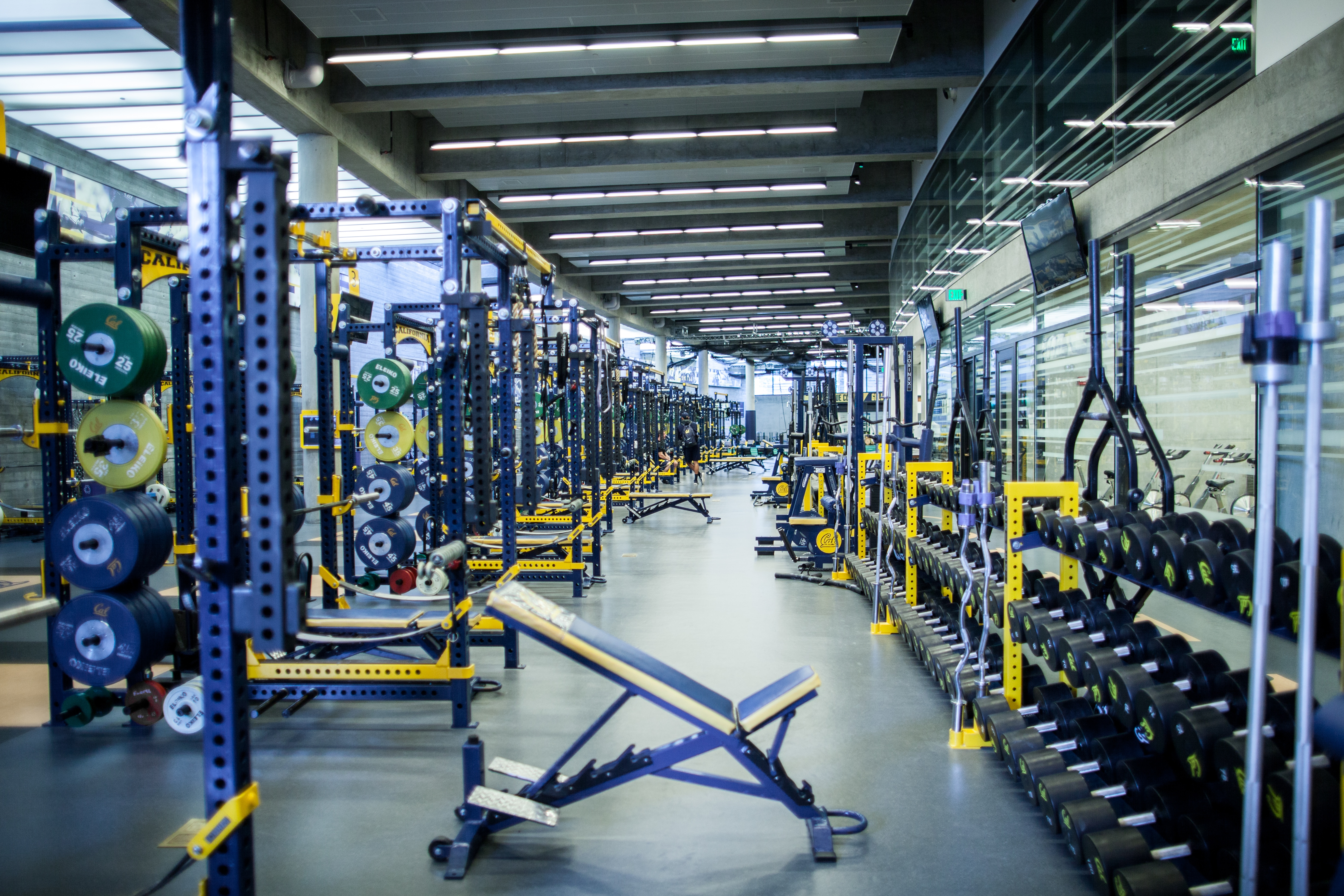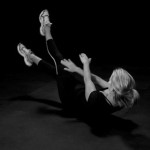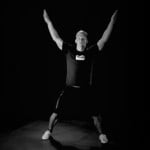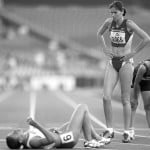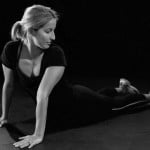Resting heart rate simply refers to one’s heart rate at rest. Establishing an average resting heart rate can be a very useful training tool to monitor one’s recovery. I have found taking my daily resting heart rate as a wonderful gauge of my fatigue levels during the season. How can you utilize this training tool? Keep reading!
Read More
Welcome, Bridge coaches and athletes, to the third installation of the Speed and Recovery Series. Today, our resident Olympians will be taking us through the speed exercise, Incline Streamline Pushup, and the recovery, 3-Way Kneeling Lat Stretch. The Incline Streamline Pushup is an upper-body plyometric exercise. It is great for developing fast-twitch speed in the upper-extremities and hips. The 3-Way Kneeling Lat Stretch focuses on the muscles used in the ballistic upper-body movement, and is an excellent way to the body to recover and prepare for competition.
Great to have you back, Bridge fans. Welcome to the first episode of the Speed and Recovery Series, content that is dedicated to preparing you for a successful competition phase. In this episode, I have chosen to focus on the Seated Box Jump and the Hipflexor Stretch. The Seated Box Jump is an exercise that highlights hip speed, which is crucial in the majority of land based sports and all aquatic sports. To compliment that, I have selected the Hipflexor Stretch to aide in recovery. This exercise allows your body to fully optimize its hip speed leading into your competition. Let's get right into it.
Read More
Nearly every champion athlete lifts weights in some way, shape, or form. It is embraced by the athletic masses to the point that every team in a professional sport has a designated weight coach. All players, young and old, should develop a foundation of strength. What exactly does strength training do for you though? What actually happens to an athlete's body when they start pumping iron? Read on for some fundamental answers to these questions.
Read MoreNick's Strength Training Series - Introduction to Speed and Recovery
By Nick Folker on January 04, 2014
Happy New Year, Bridge coaches and athletes! After a break over the holidays, I know you are ready to get back into the swing of things. The next block in the video series is dedicated to preparing you for a successful competition phase: Speed and Recovery. To perform at an optimal speed, you need to make sure you're fully rested from your training phases. In this video series that I have chosen for the New Year, I will include a combination of plyometric and stretching exercises.The plyometric exercises are aimed at developing speed and the stretching exercises complement the plyometric exercises to best aid in recovery. Never forget, sleep is the best tool we have for recovery.
Read More
Welcome back, Bridge fans. I would like to use this episode to share some ideas and concepts to help you make your pre-competition warm up the best possible. The most important aspect of this warm up is to implement it during the off-season or pre-season, allowing your body time to adjust to the concept prior to competition. Keep the warm up as dynamic as possible. The idea is to warm up the body's core temperature and muscles without fatiguing them. Following are some recommendations to add to your toolbox to help get yourself or your team ready to compete. As always, remember to have your water bottle at your side to stay hydrated before competing.
Read MoreAthletes are among the healthiest in any population, but training and recovery play a huge role in their susceptibility to infection. At low levels of exertion (e.g. walking), your body increases its natural killer cells (infection fighters), and with more intense exercise there is a more robust response. Stress from training stimulates an immune response in tissues. Moderate to strenuous stress allows the body to rebuild itself, but there is a tipping point.
Read MoreBridge fans, it is great to have you back to the third episode of our four-part travel training series. Today, I will take you through a sequence of post-travel stretches that has helped my athletes overcome their trips and prepare for competition. The post-travel stretch routine is often overlooked because of fatigue or having to rush to get to the competition venue. No matter your reason, it's time to build a post-travel stretch progression into your arrival routine. Take five minutes as a team to go through this sequence, and see the benefits is has on your body, especially the day after travel.
Read MoreBenefits of Stretching: Beyond your Training | BridgeAthletic
By BridgeAthletic on December 12, 2013
Incorporating stretching weekly into your life can improve your mental health in a simple and direct manner. Everyone experiences mental stress, but often that stress can manifest itself in physical stress as your muscles contract in response to stress. As muscles can tense up when you are stressed out, you may not even notice until you stretch to release the tension. Stretching is an easy way to relax tense muscles. Stretching is also a form of light exercise, so you can still enjoy the endorphins that come along with it and see an improvement in your mood as well! Another way stretching improves your mood is by alleviating chronic pain that creates anxiety.
Read More
